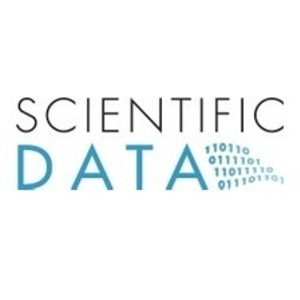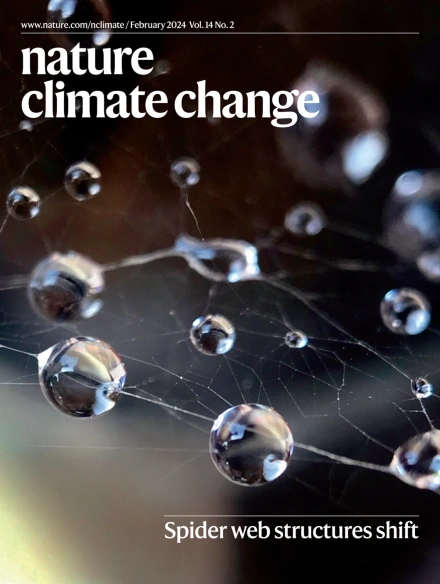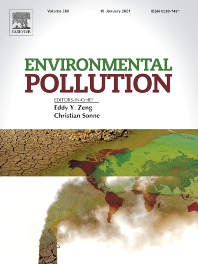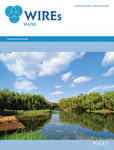- Programme area:1) Biodiversity in a Changing World
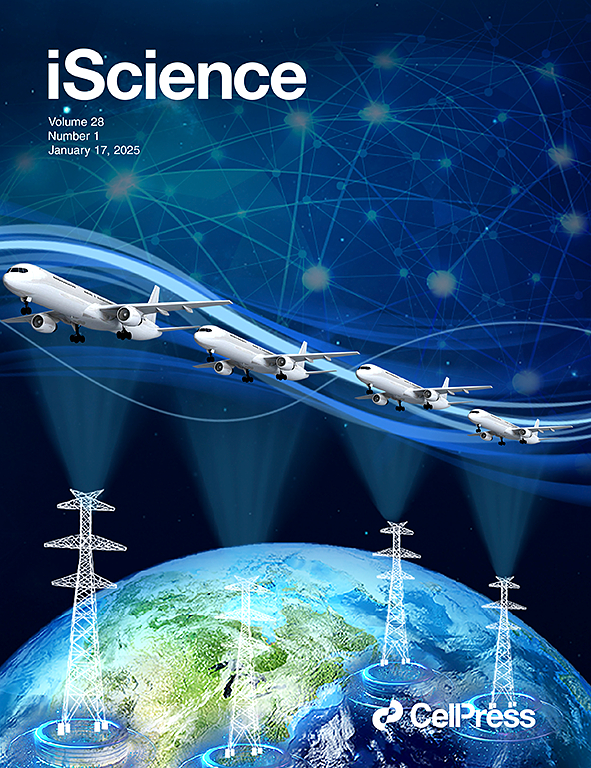
Spatio-temporal variations of methane fluxes in sediments of a deep stratified temperate lake
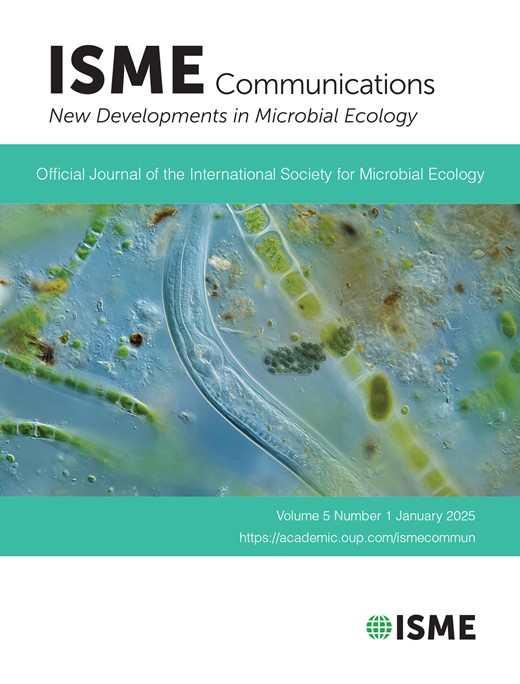
Convergence effect during spatiotemporal succession of lacustrine plastisphere: loss of priority effects and turnover of microbial species
Quantitative description of six fish species’ gut contents and prey abundances in the Baltic Sea (1968–1978)
This data paper presents a multi-year database containing information about diets and traits for demersal fish species from the Western Baltic Sea, as well as on resource abundances and environmental conditions. These historical data are unique as they provide detailed descriptions of quantitative and trait-based consumer-resource interactions enabling various ways of innovative food-web analyses.
Flexible foraging behaviour increases predator vulnerability to climate change
Based on a combination of (historical) empirical data and model simulations the authors investigated how size-selective adaptive behaviour under warmer conditions in demersal marine fishes might affect their long-term population stability. Under warmer conditions the fish species studied tend to consume less efficiently by choosing smaller and more abundant prey increasing their extinction risk.
Widely used herbicide metolachlor can promote harmful bloom formation by stimulating cyanobacterial growth and driving detrimental effects on their chytrid parasites
The study investigated the effects of the herbicide metolachlor on host-parasite interactions, using the host-parasite system of the toxigenic cyanobacterium Planktothrix agardhii and its chytrid parasite Rhizophydium megarrhizum. Metolachlor promoted cyanobacteria growth and caused multi and transgenerational detrimental effects on parasite fitness. However, these effects are reversible.
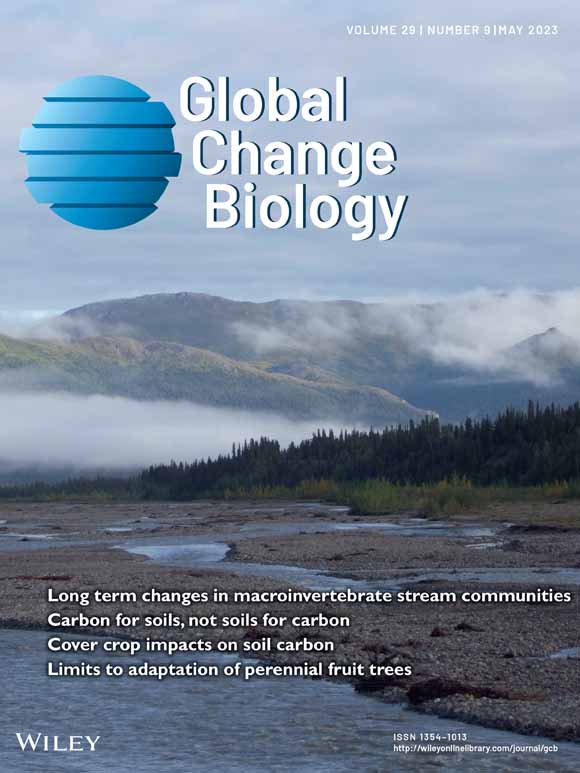
What factors influence the rediscovery of lost tetrapod species?
The authors created a database of lost and rediscovered tetrapod species (amphibians, reptiles, birds and mammals), identified patterns in their distribution and factors influencing rediscovery. Tetrapod species are being lost at a faster rate than they are being rediscovered, due to slowing rates of rediscovery for amphibians, birds and mammals, and rapid rates of loss for reptiles
Reviving Europe's rivers: Seven challenges in the implementation of the Nature Restoration Law to restore free-flowing rivers
The authors identified potential challenges and ambiguities in the EU-NRL for restoring free-flowing rivers. They propose clear definitions of critical terms and the development of integrated assessment methods for prioritising actions to improve river connectivity as novel solutions to these challenges, contributing to the success of habitat restoration and biodiversity protection.

Three hundred years of past and future changes for native fish species in the upper Danube River Basin—Historical flow alterations versus future climate change
The authors show that fish have been particularly sensitive to changes in flow regimes in the past, while higher temperatures will pose the greatest threat in the future. The threat assessment will remain at least as high in the future. However, it could probably be mitigated by reconnecting former floodplains and improving river connectivity.
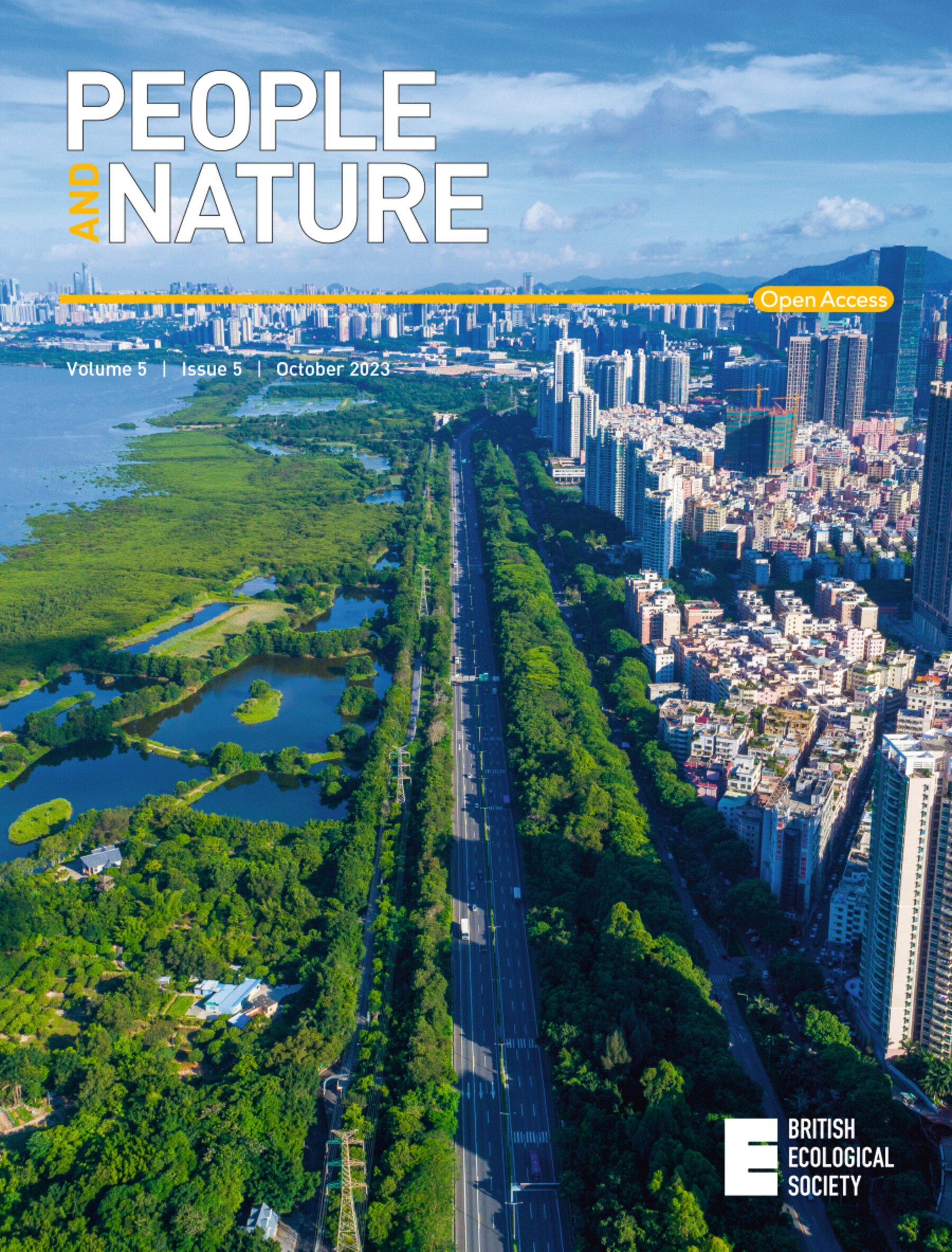
European scenarios for future biological invasions
The study developed a workflow to downscale global future scenarios to a regional and policy-relevant context. This workflow was applied at the European scale to create four European scenarios of biological invasions until 2050 that consider different environmental, socio-economic and socio-cultural trajectories, namely the European Alien Species Narratives.
Perspectives in modelling ecological interaction networks for sustainable ecosystem management
The study provides perspectives on the use of network models to address a variety of applied ecological questions along spatial and temporal dimensions as well as on interactions between abiotic and biotic components of ecosystems. Through collaborative research, network models could provide important levers for sustainable management.


